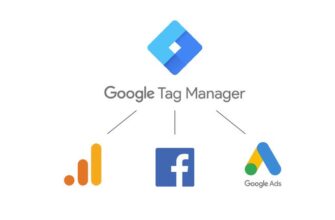Number of devices, are used for data access, constantly growing, including those used in companies. However, personal devices not controlled by corporate IT departments. Can you build an effective strategy to protect against data leakage? As it turned out, in most cases - yes, as already proposed solutions, like stakhanovets.ru/dlp/. But on this will be discussed later.
Why is it necessary to protect?
philosophy BYOD (Bring Your Own Devices) It is becoming more and more popular in companies, as well as cloud computing or virtualization. This increases convenience for the employees (and employers), but also creates new potential targets for cyber attacks. The loss or theft of confidential data can have disastrous consequences for the company - from a financial point of view and trust between the partners.
How to protect against it? First of all, need to know, that data leaks often come from uninformed users about threats. Therefore, one of the cornerstones of effective strategies should be education. But this is not enough. Also worth thinking about DLP (ang. Prevent data leaks) or decisions, it is intended to prevent leakage of information.
What is DLP?
“DLP - decision, based systems, to be applied to the entire infrastructure, including the endpoints, LAN and WAN networks, data centers, cloud services, applications, Web sites and e-mail to, to prevent users from sending sensitive or valuable information to unauthorized recipients”
Employees, business owners and customers - they all have an increasing need for access to critical business data. At the same time increasing the number of devices, who is able to offer. As a result,, corporate network is clearly beyond its limits, expanding remote access via the Internet and cloud services. Data security is very difficult to maintain, but not impossible.
An effective strategy is made up of DLP:
- data management solutions;
- network border control;
- segmentation of networks and security zones;
- access control;
- identify users and devices;
- connectivity and VPN;
- data encryption;
- mobile;
- cloud services;
- control email content and web sites;
- applications and control over content management;
- responsible storage.
This should be included in the company's overall security strategy. Therefore, for the proper preparation, planning and implementation of security solutions need to support the development of network architecture, conducting regular analysis of threats and automatically respond to and use event tracking tools. This all allows the introduction of DLP systems, which were developed specifically for this purpose.












